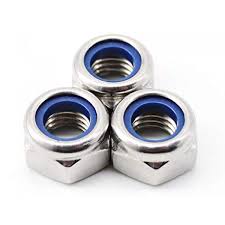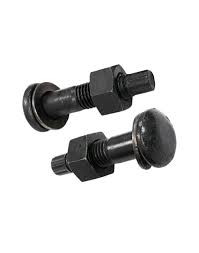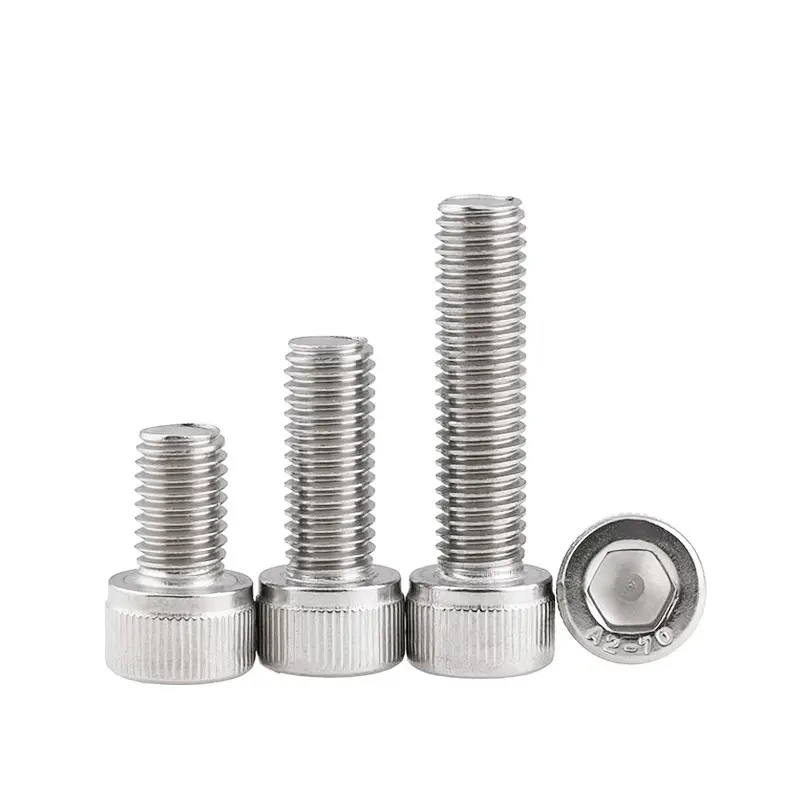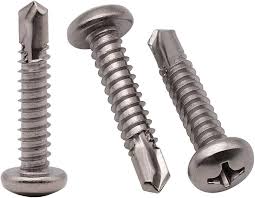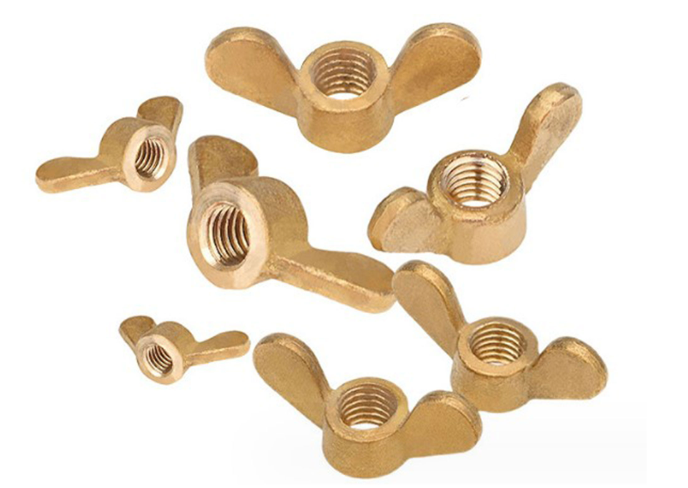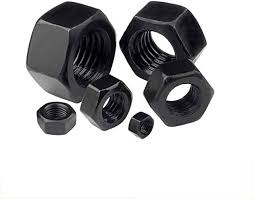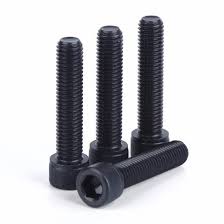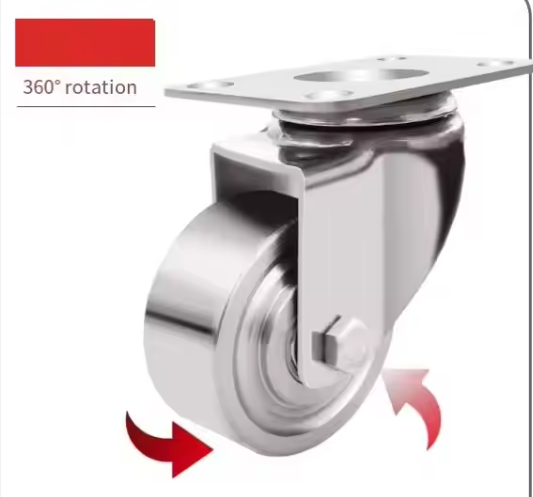

This guide provides a thorough overview of eye hooks, covering their types, applications, safety considerations, and selection criteria. Learn how to choose the right eye hook for your specific needs and ensure safe and effective use. We'll explore different materials, load capacities, and best practices for installation and use.
Forged eye hooks are typically made from high-strength steel and are known for their durability and high load-bearing capacity. They are commonly used in heavy-duty applications where significant weight needs to be supported. The forging process enhances the strength and integrity of the eye hook, making it suitable for demanding tasks. Forged eye hooks often come with a clear marking indicating their working load limit (WLL).
Screw pin eye hooks offer a convenient and secure way to attach items. The screw pin mechanism allows for easy installation and removal, making them suitable for applications where frequent adjustments are required. They are commonly used in rigging, lifting, and securing applications. The screw pin also helps to prevent accidental detachment.
Welded eye hooks are cost-effective and are often used in less demanding applications. They are welded onto a base material, providing a permanent attachment point. However, it's crucial to ensure that the welding process is properly executed to ensure the integrity and strength of the eye hook. The load capacity of a welded eye hook is often lower than forged options.
Selecting the appropriate eye hook is crucial for safety and functionality. Several factors need to be considered:
The material of the eye hook dictates its strength and resistance to corrosion. Common materials include steel (various grades), stainless steel, and sometimes brass or other alloys. The choice of material depends on the environment and the intended application. Stainless steel is preferred in corrosive environments.
The WLL is the maximum safe load that an eye hook can support. Never exceed the WLL specified by the manufacturer. This information is usually stamped or etched onto the eye hook itself. Always double-check the WLL before use.
The size and dimensions of the eye hook will affect its load capacity and compatibility with other components. Ensure that the eye hook is appropriately sized for the job and the connecting hardware.
Different applications require different types of eye hooks. For example, a heavy-duty lifting application would necessitate a forged eye hook with a high WLL, while a lighter-duty application might utilize a screw pin eye hook.
Always inspect the eye hook for any signs of damage or wear before use. Regular inspection is crucial for maintaining safety. Never overload an eye hook. Ensure that the eye hook is properly installed and secured. Use appropriate safety equipment when working with heavy loads. Consult relevant safety regulations and standards.
Eye hooks find widespread use in various industries and applications, including:
| Feature | Forged Eye Hook | Screw Pin Eye Hook | Welded Eye Hook |
|---|---|---|---|
| Strength | High | Medium | Low to Medium |
| Installation | Direct Attachment | Screw-in | Welding |
| Cost | Higher | Medium | Lower |
For high-quality eye hooks and other fastening solutions, consider exploring the options available at Hebei Dewell Metal Products Co., LTD. They offer a wide range of products to suit diverse needs.
Remember, always prioritize safety when working with eye hooks. Incorrect usage can lead to serious injury or damage. Consult with a qualified professional if you have any doubts or concerns.



